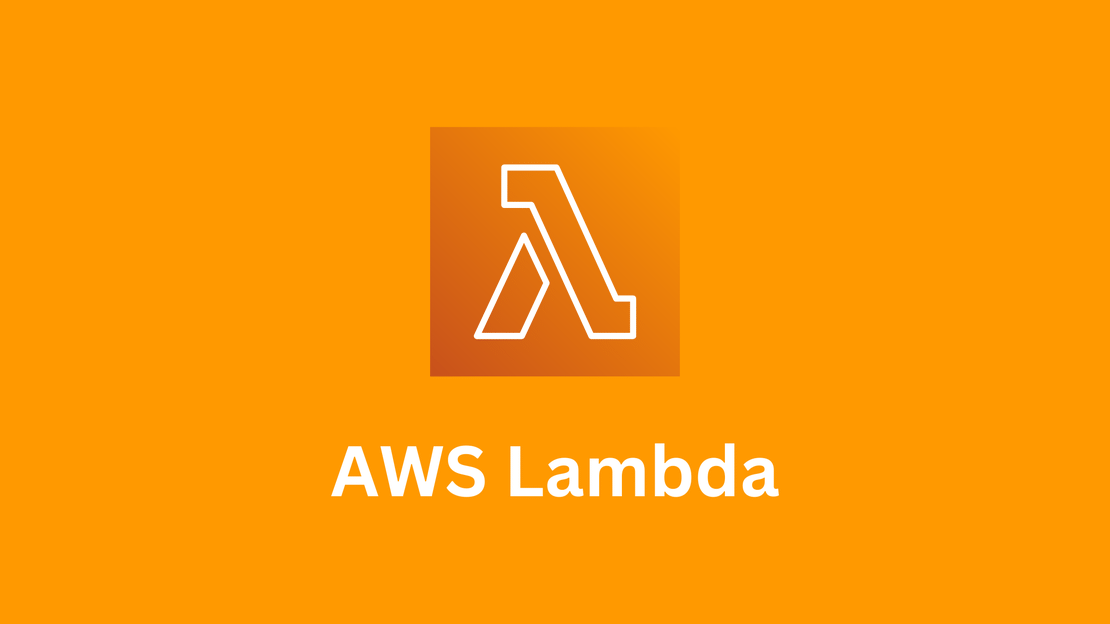
How to Use AWS CloudFront for Image Redirection to Default Images
In this blog, we’ll explore how to use AWS CloudFront to serve a default image when your origin returns a 404 error.

Securing your origins in AWS CloudFront is essential to protect your resources from unauthorized access and ensure efficient content delivery. This blog will guide you through the steps to restrict traffic to different origins (S3, ALB, and EC2) and make them accessible only via CloudFront.
AWS CloudFront is a content delivery network (CDN) that allows you to distribute content with low latency and high transfer speeds. To ensure the security of your content, it’s crucial to restrict access to your origins (S3, ALB, and EC2) so that they can only be accessed via CloudFront. This blog will detail the methods to secure each type of origin.
Origin Access Control (OAC) is a feature introduced by AWS CloudFront that allows you to restrict access to your Amazon S3 buckets so that they can only be accessed through CloudFront. This enhances the security of your content by preventing direct access to the S3 bucket. OAC replaces the older Origin Access Identity (OAI) with a more flexible and powerful approach.
For more details, you can refer to the official AWS blog on OAC.
AWS Managed Prefix List for Amazon CloudFront is a feature that allows you to create a list of IP ranges used by CloudFront. This list can then be used to configure security groups and network ACLs to ensure that only traffic from CloudFront can reach your origins (ALB and EC2). By using the managed prefix list, you simplify the process of managing IP ranges and enhance security.
For more details, you can refer to the official AWS blog on AWS Managed Prefix Lists.
Amazon S3 (Simple Storage Service) is commonly used as an origin for CloudFront distributions. To restrict access to your S3 bucket so that it can only be accessed through CloudFront, we will use Origin Access Control (OAC).
Create an S3 Bucket:
Set Up Origin Access Control (OAC):
Update S3 Bucket Policy:
{
"Version": "2012-10-17",
"Statement": [
{
"Effect": "Allow",
"Principal": {
"AWS": "arn:aws:iam::cloudfront:user/Input_CloudFront_Origin_Access_Identity_OAC_ID"
},
"Action": "s3:GetObject",
"Resource": "arn:aws:s3:::your-bucket-name/*"
}
]
}
By following these steps, you ensure that your S3 bucket can only be accessed through your CloudFront distribution.
Application Load Balancers (ALB) can also be used as origins for CloudFront. To restrict access to your ALB, we will use two methods: custom header-based authentication and AWS Managed Prefix Lists.
Configure Custom Headers in CloudFront:
X-CloudFront-Secret: YourSecretValue.Set Up ALB Listener Rules:
X-CloudFront-Secret with the value YourSecretValue. If the header matches, forward the request to your target group; otherwise, return a 403 Forbidden response.Use HTTPS for Origin Requests:
Create a Managed Prefix List:
Update ALB Security Group:
The managed prefix list for CloudFront counts as 55 routes in a route table. The default quota is 50 routes, so you must request a quota increase before you can add the prefix list to a route table.
By implementing these methods, you ensure that only CloudFront can access your ALB, adding an extra layer of security.
While it’s recommended to use an ALB as an origin for better management and security, you can also use EC2 instances directly as origins. To restrict access to your EC2 instances, we will use AWS Managed Prefix Lists.
Create a Managed Prefix List:
Update EC2 Security Group:
For better scalability and security, it’s recommended to use an ALB as an origin and connect your EC2 instances to the ALB. This setup simplifies management and enhances security by leveraging the features of ALB.
Securing your AWS CloudFront origins is crucial to protect your resources and ensure secure content delivery. By following the steps outlined in this blog, you can effectively restrict access to your S3, ALB, and EC2 origins and make them accessible only via CloudFront. Implementing these security measures will help safeguard your content and improve the overall security posture of your AWS infrastructure.
By using OAC for S3, custom header-based authentication and managed prefix lists for ALB, and managed prefix lists for EC2, you can ensure that your origins are secure and only accessible through CloudFront. For best practices, consider using an ALB as an origin instead of direct EC2 access to enhance security and simplify management.

In this blog, we’ll explore how to use AWS CloudFront to serve a default image when your origin returns a 404 error.

Hello friends! Today we will see how we can control the cache generated by the AWS CloudFront using the AWS Lambda@Edge functions.